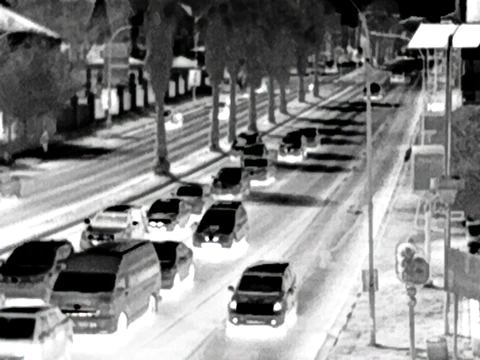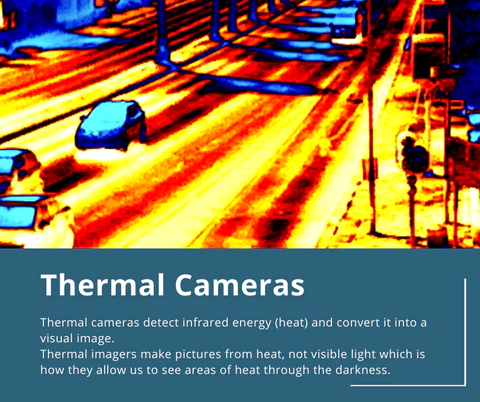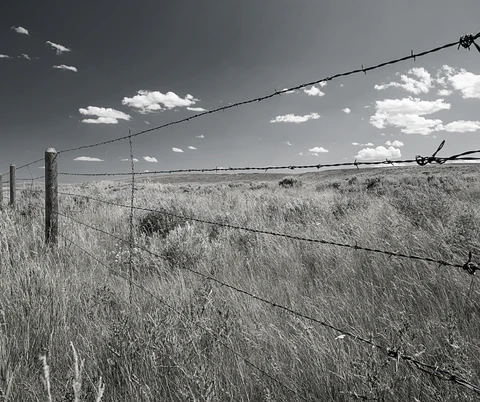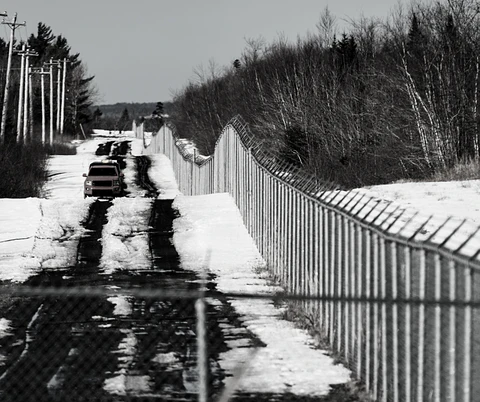Menu
The integration of thermal imaging cameras can provide end-users with a multitude of benefits from better analytics with fewer false alarms to increased coverage and higher return on investment.
Thermal security cameras reliably perform very well in low light and poor visibility areas, and can see through visual obscurants such- such as dust, light fog, smoke or dense foliage. In addition, thermal imaging CCTV cameras can combine with our smart Sense system thereby adding advanced analytics technology, reducing the number of false alarms.

Heat detection-based systems are often cheaper to install and run longer than standard CCTV setups, which need to be placed along every available line of sight in order to be fully effective - and which may require additional lighting. Unlike other video solutions, thermal cameras do not need any light to capture high contrast, quality footage.
The technology uses infrared radiation, which bounces off objects within view and range of the device being used. A number of infrared detectors emit infrared beams that create an intricate pattern called a thermogram.

The thermogram is converted into electrical impulses that are sent to a signal processing unit, which produces an image for display. This image appears in various colors depending on the heat of the element being scanned; what some refer to as “real night vision” is the result, with hotter images like bodies emitting a greater amount of distinguishing light.
Similar to the human eye, regular visible cameras rely on the reflected light that is blocked by certain visual impediments. Not only can thermal imaging cameras see in complete darkness, they also allow users to clearly see-through obscurants. The same can also be said for surveillance issues involving natural scene camouflage.
If you need round-the-clock advance warning on a remote site that people are approaching your premises, then thermal imaging makes a great deal of sense. Bodies and engines give off more heat, so a thermal camera can detect long before a standard camera could.

Large, remote sites that require comprehensive perimeter security can benefit from the use of thermal cameras. A large perimeter fence makes patrolling with guards difficult; a thermal camera extends the guards’ vision and allows them to respond better to suspicious movement. It also helps distinguish harmless movement from human activity that might be a red flag. Thermal cameras can also help overcome the energy problems CCTV cameras pose. To manage extra-large sites a vast number of shorter-range conventional cameras are needed, but such sites often lack enough energy resources to fully utilize them. With their longer range, thermal cameras can be used as a first line of defense. As part of a combined and well-planned security solution, remote or on-site command centers are informed of movement via thermal imaging, and can cue the conventional cameras to monitor those areas.

Thermal cameras can also help sites to monitor areas with complex layouts: multiple kinds of equipment or machinery, many small outside buildings, or easy-to-hide-in areas. Thermal imaging can see through some items and shapes can be picked out with ease. Thermal cameras can also assist with emergencies like arson, quickly identifying the fire so the relevant procedures can be implemented sooner and faster.
The technology has proven itself to be a great option for those looking to obtain top security coverage at a sensible price. The incredibly effective imaging range of thermal minimizes the number of cameras and mounting poles required for most projects and eliminates the need for costly, supplementary lighting.